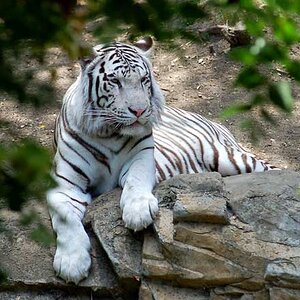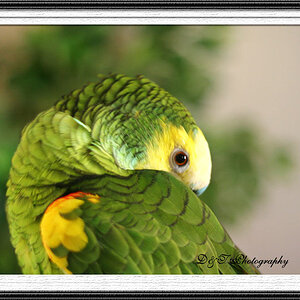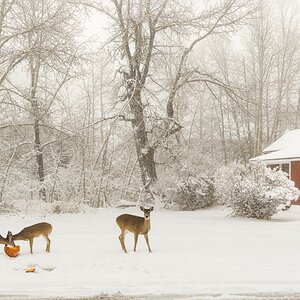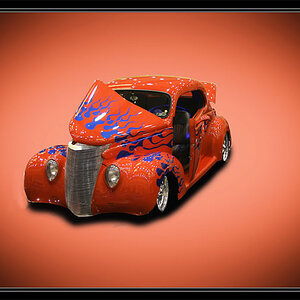Dear PhotoForum,
I want to make a studio at home so I can photograph paintings for print, mostly 100x80cm. The prints need to be very professional, and should be around 100x80cm also. The technique used for the paintings is oil on canvas. Photographing the paintings can be tricky, because the oil can reflect a lot sometimes.
I have a Canon Eos 550D camera and a tripod, as well as a 2x2m space next to a window. Here's a pic:
http://s13.postimg.org/kwl6dy1xz/IMG_20150301_172336806.jpg
My question is: What equipment do I need (f.e. softboxes), and which one should I buy? I don't have a lot of money atm, so cheap is good, as long as I can still make high quality photographs with it.
Thank you in advance,
Kind Regards,
Nikki
I want to make a studio at home so I can photograph paintings for print, mostly 100x80cm. The prints need to be very professional, and should be around 100x80cm also. The technique used for the paintings is oil on canvas. Photographing the paintings can be tricky, because the oil can reflect a lot sometimes.
I have a Canon Eos 550D camera and a tripod, as well as a 2x2m space next to a window. Here's a pic:
http://s13.postimg.org/kwl6dy1xz/IMG_20150301_172336806.jpg
My question is: What equipment do I need (f.e. softboxes), and which one should I buy? I don't have a lot of money atm, so cheap is good, as long as I can still make high quality photographs with it.
Thank you in advance,
Kind Regards,
Nikki


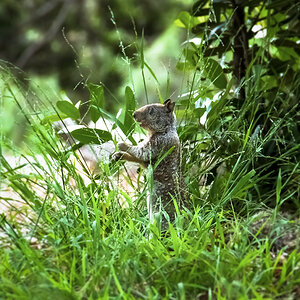
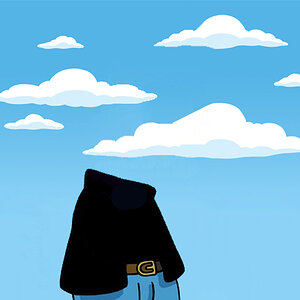
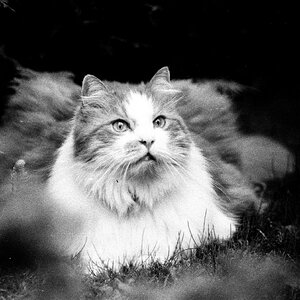
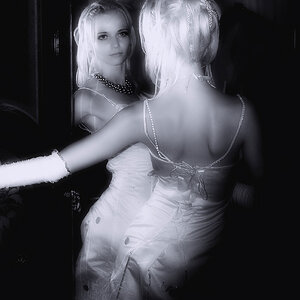
![[No title]](/data/xfmg/thumbnail/37/37929-d9f744e40945eb18b68bb10eb79dbbbc.jpg?1619738401)

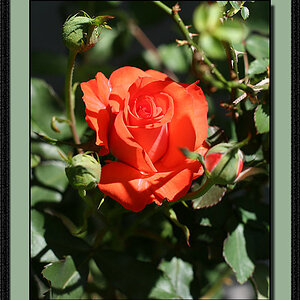
![[No title]](/data/xfmg/thumbnail/35/35877-b537a0bce18fcb18b610d787610f3d3d.jpg?1619737203)
